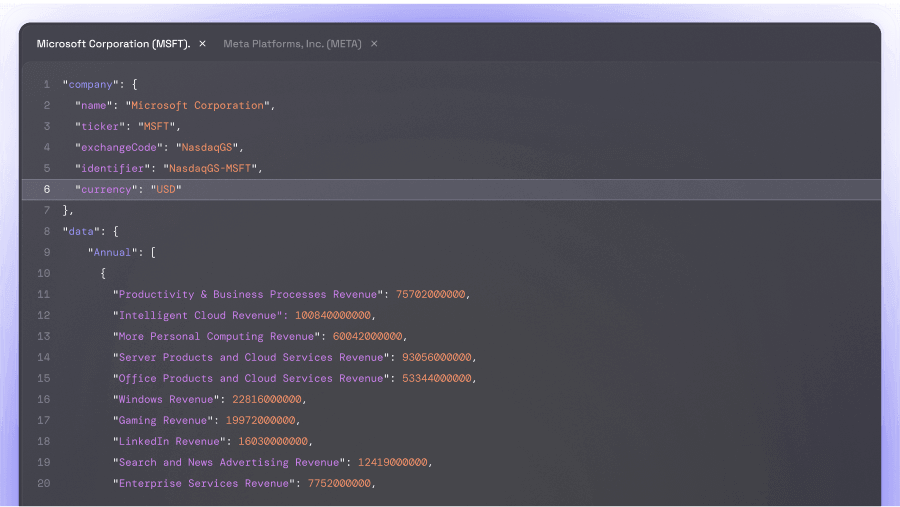mittlerer quadratischer Vorhersagefehler Definition
Das Eulerpool Wirtschaftslexikon definiert den Begriff mittlerer quadratischer Vorhersagefehler für Deutschland.
"Mittlerer quadratischer Vorhersagefehler" is a fundamental statistical concept that is widely used in the field of data analysis and forecasting, specifically in the context of evaluating the accuracy of prediction models.
It refers to the mean squared prediction error (MSPE) and plays a crucial role in quantitative finance, aiding investors and analysts in assessing the performance of various models and algorithms employed to forecast capital market outcomes. To understand the significance of "mittlerer quadratischer Vorhersagefehler," it is essential to comprehend its underlying principles and implications. The term measures the average squared difference between predicted values and the corresponding actual values in a given dataset, effectively quantifying the accuracy and precision of predictions. By squaring the errors, this measure emphasizes larger deviations and accounts for both positive and negative discrepancies, providing a comprehensive evaluation of forecasting capability. For investors, accurately forecasting capital market trends is of paramount importance to inform decision-making and optimize portfolio performance. The evaluation and comparison of different prediction models are essential in ensuring informed investment strategies. In this regard, "mittlerer quadratischer Vorhersagefehler" serves as a valuable tool, enabling investors to identify the most efficient and reliable forecasting models for generating profitable investment insights. The calculation of "mittlerer quadratischer Vorhersagefehler" involves summing up the squared errors and dividing the result by the number of observations, yielding the average squared prediction error. This measure provides a quantitative assessment of the dispersion and magnitude of prediction errors, with lower values indicating higher predictive accuracy. By analyzing the MSPE across various models, investors can compare and identify the most robust and consistent forecasting methodologies applicable to their investment objectives. Moreover, "mittlerer quadratischer Vorhersagefehler" can act as a performance benchmark when evaluating the forecasting abilities of algorithms utilized in the realm of algorithmic trading and quantitative investment strategies. It allows analysts to assess the viability and profitability of algorithmic models by gauging their ability to generate precise predictions consistently. Overall, "mittlerer quadratischer Vorhersagefehler" plays a pivotal role in the evaluation and optimization of forecasting models in capital markets. By providing a quantitative measure of prediction accuracy, it empowers investors and analysts to make informed decisions based on reliable and robust forecasts. Correctly assessing this measure aids in reducing investment risks and maximizing the potential for achieving desired financial outcomes.Zollbeschau
Die Zollbeschau ist ein Begriff, der im Zusammenhang mit dem internationalen Handel und der grenzüberschreitenden Warenbewegung häufig verwendet wird. Es handelt sich um eine Inspektion von Waren, die an einer...
Zentraler Kapitalmarktausschuss (ZKMA)
Der Zentraler Kapitalmarktausschuss (ZKMA) ist ein wichtiger Ausschuss in Deutschland, der die Regulierung und Überwachung der Kapitalmärkte im Land übernimmt. Als Teil der Bundesanstalt für Finanzdienstleistungsaufsicht (BaFin) spielt der ZKMA...
Handelsmarketing
Handelsmarketing ist ein entscheidender Bestandteil des Marketings, der sich auf die Förderung und Vermarktung von Produkten und Dienstleistungen im Einzelhandel konzentriert. Es befasst sich mit allen Aktivitäten, die darauf abzielen,...
limitationale Einsatzfaktoren
Definition: Limitationale Einsatzfaktoren Limitationale Einsatzfaktoren sind eine Reihe von Bedingungen, die bei der Anwendung bestimmter Anlagestrategien oder Handelsmethoden im Kapitalmarkt berücksichtigt werden müssen. Diese Faktoren schränken die potenzielle Rentabilität und die...
Pensions-Sondervermögen
Definition: Das Pensions-Sondervermögen ist eine spezifische Art von Investmentfonds in Deutschland, der speziell für die langfristige Sicherung der betrieblichen Altersvorsorge eingerichtet wird. Es handelt sich um einen rechtlich definierten Fonds,...
Betriebsarzt
Der Begriff "Betriebsarzt" bezieht sich auf einen medizinischen Fachmann, der in einem Unternehmen oder einer Organisation tätig ist und sich um die Gesundheit und das Wohlbefinden der Mitarbeiter kümmert. Der...
Cash Pool
Der Begriff "Cash Pool" bezieht sich auf eine zentralisierte Liquiditätsverwaltungstechnik, die von Unternehmen verwendet wird, um ihre Finanzmittel effizient zu verwalten und ihre Zinsaufwendungen zu reduzieren. Der Cash Pool ermöglicht...
Lohnsteuer-Ermäßigungsverfahren
"Lohnsteuer-Ermäßigungsverfahren" (also known as income tax reduction procedure) is a significant term in the realm of German tax regulations and has a profound impact on both employees and employers. As...
Markt-Produktlebenszyklus-Portfolio
Das Markt-Produktlebenszyklus-Portfolio ist ein analytisches Instrument, das von Kapitalmarktteilnehmern zur Bewertung und Verwaltung von Anlageprodukten verwendet wird. Es basiert auf dem Konzept des Produktlebenszyklus, das die verschiedenen Phasen beschreibt, die...
Immaterialgüterrechte
Immaterialgüterrechte sind ein wesentlicher Bestandteil des modernen Wirtschaftssystems, insbesondere im Bereich des geistigen Eigentums. Dieser Begriff bezieht sich auf die Rechte an immateriellen Vermögenswerten, die nicht physisch greifbar sind, aber...

